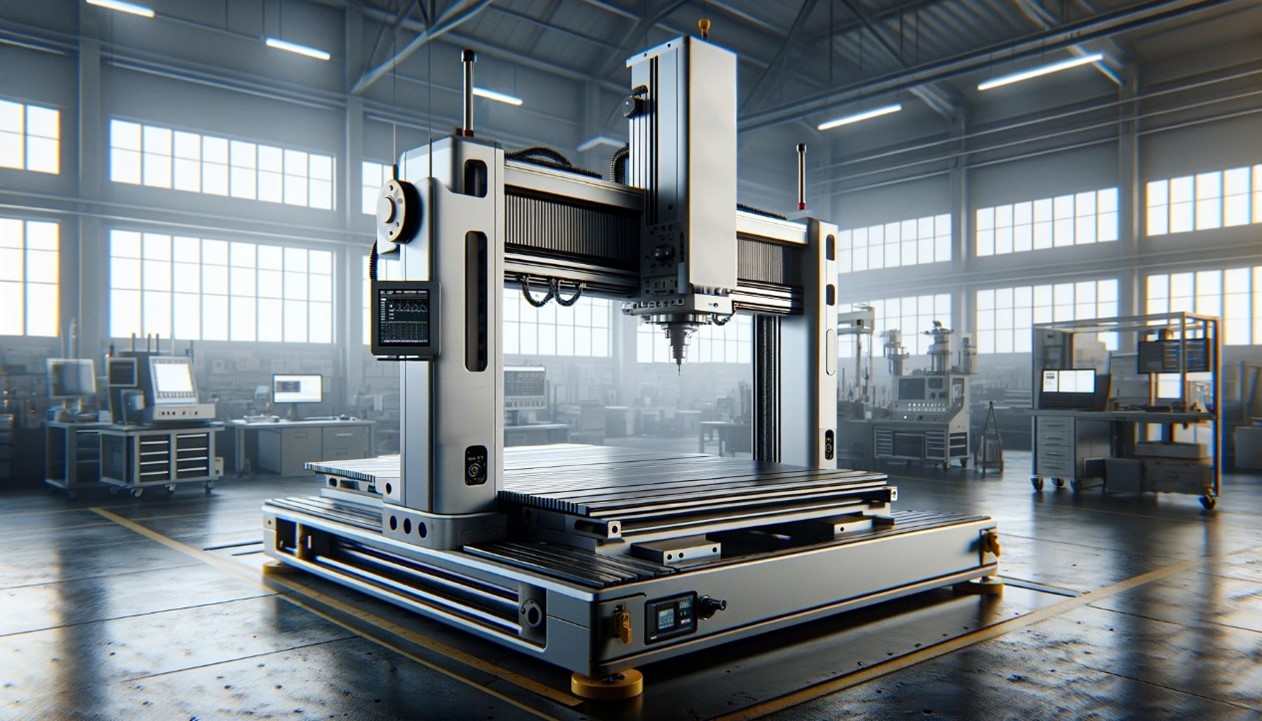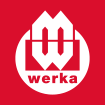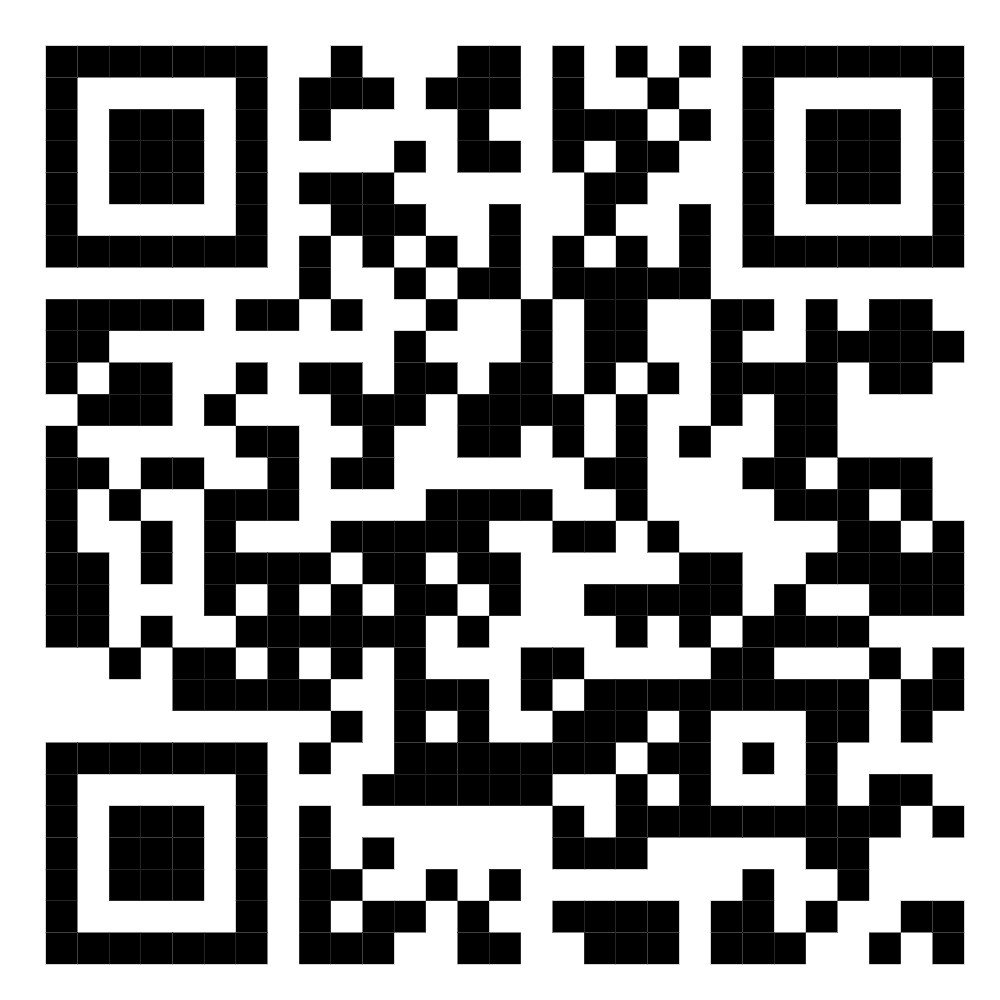Precision is paramount in the world of manufacturing and engineering. At the heart of this precision-driven universe lies the Coordinate Measuring Machine (CMM), a device that has become indispensable in the realms of quality control and parts fabrication. This blog embarks on an explorative journey into the world of CMMs, delving into their components, uses, and the significant role they play in the constantly evolving CNC industry.

CMMs, with their roots tracing back to the mid-20th century, have undergone remarkable evolution. Initially conceived to measure complex geometries with high precision, these machines have adapted over the years, aligning with technological advancements and changing industry needs. Today, they stand as a cornerstone in manufacturing, offering unparalleled accuracy in the measurement of the physical geometrical characteristics of an object.
Components of CMM
The anatomy of a CMM is intricate, comprising various components that work in harmony.
Core Components of a CMM:
- Probing System: Tactile or non-contact, gathers dimensional data from object surfaces, crucial for accurate data acquisition.
- Measuring Table: Often made of granite, it provides stability and temperature resistance, and serves as the base for measurement.
- Sophisticated Software: Processes and interprets data, converts it into metrics and visual representations, and integrates with CAD programs.
Additional Components and Features:
- Control System: Manages probing system movement and positioning, and ensures precision.
- Data Analysis Tools: Uses advanced algorithms for data analysis, and compensates for anomalies.
- Calibration Equipment: Maintains CMM accuracy, and requires regular calibration against standards.
- Frame or Structure: Supports CMM components, designed for rigidity and minimal thermal expansion.
CMM and Different Coordinate Systems:
CMMs are renowned for their ability to measure an array of coordinate systems with high precision. This includes:
- Cartesian Coordinate System: The most common, featuring X, Y, and Z axes for 3D spatial measurement.
- Polar Coordinate System: Utilized for cylindrical objects where measurements are taken in radial distances and angles.
- Spherical Coordinate System: Ideal for spherical objects, measuring angles and distance from a central point.
These systems enable CMMs to adapt to a wide range of geometric measurements, from simple dimensions to complex shapes
CMM Uses in CNC Machining
The uses of Coordinate Measuring Machines (CMMs) in CNC machining are multifaceted and crucial for maintaining high standards of precision and quality. Here are some key points:
- Precision in Manufacturing: CMMs are integral in CNC machining to ensure that parts are produced according to specifications. This is essential in industries where even the slightest deviation can lead to product failure or safety issues.
- Quality Assurance: By accurately measuring the dimensions of CNC machined parts, CMMs validate that the products adhere to the stringent tolerances required. This step is vital in guaranteeing the quality and reliability of the final product.
- Reverse Engineering Capabilities: CMMs assist in reverse engineering processes. They can accurately measure a physical part and help create detailed 3D models and technical drawings, which are crucial for replicating or improving existing designs.
- Dimensional Analysis: Through precise measurement, CMMs provide crucial data for dimensional analysis, ensuring every aspect of a machined part is as designed.
- Automotive Industry Applications: In automotive manufacturing, where each part must fit perfectly and function seamlessly, CMMs are indispensable for verifying dimensions and fit.
- Aerospace Industry Significance: The aerospace industry relies heavily on CMMs to ensure the safety and efficacy of components. Given the high stakes involved in aerospace engineering, the precision provided by CMMs is non-negotiable.
The accompanying infographic visually represents these points, highlighting the importance of CMMs in CNC machining.


